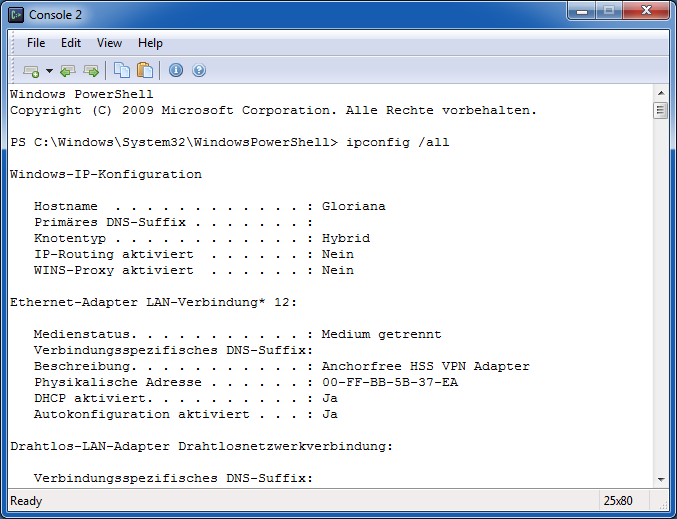
It's Open Source, easy to use, and comes off as a professional application. Packet Sender is what we live for here at MajorGeeks. Packet Sender has numerous uses, including testing automation, testing network APIs, malware analysis, testing network connectivity, firewalls, tech support, and security research.
#Packet sender hack portable#
You will want to download the portable version to use the command line. You can also use Packet Sender from the command line allowing you to automate or use scripts. Finally, the About tab has links to the documentation, about, and donate. The Tools tab has a subnet calculator as well. Under the File tab, you will find your settings, plus the ability to import or export packets. Packet Sender can send and receive UDP, TCP, and SSL on the ports of your choosing. An information window is available below that, and the third window with a log of activity. Available fields include Packet Name, ASCII Representation, HEX Representation, Address (IPv4, v6, DNS lookup), Port, Resend Delay, and quite a bit more. The interface is relatively easy to use, especially for networking geeks, but it seems simple enough to use at any skill level. These attacks will also largely depend on the services that are running on the ports. Hack responsibly Like mechanical hacking, packet-hacking is not in of itself a violation of the rules or a crime Security could persecute you for. This technique will not work where certain packet filters have been enforced Once a port has been identified to be open, hackers can then target them for attacks. There are three primary windows to focus on when you get started. Instead of sending a SYN packet, the hacker sends a FIN packet.

Packet Sender can send and receive UDP, TCP, and SSL on the ports of your choice between a server and client computers.ĭocumentation is available after installation, and you will need to allow your firewall access.


 0 kommentar(er)
0 kommentar(er)
